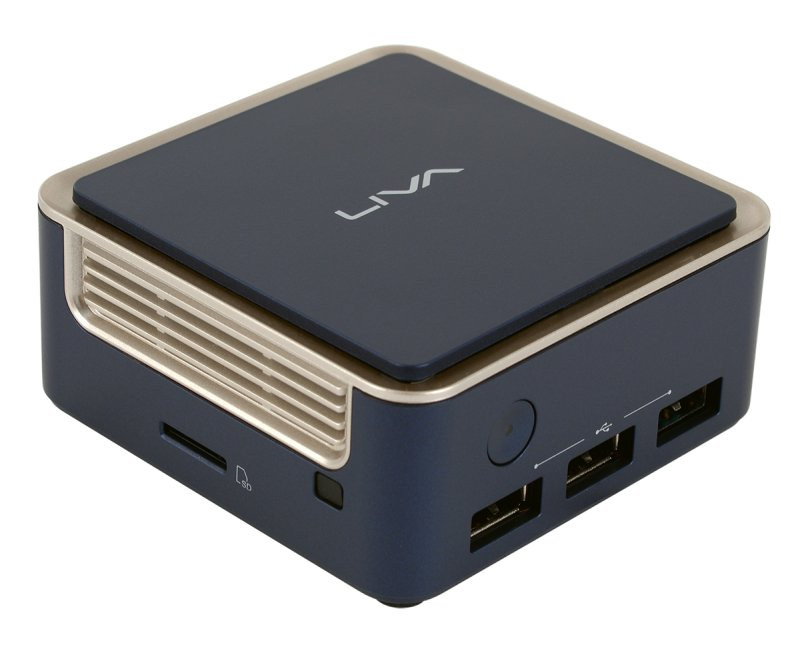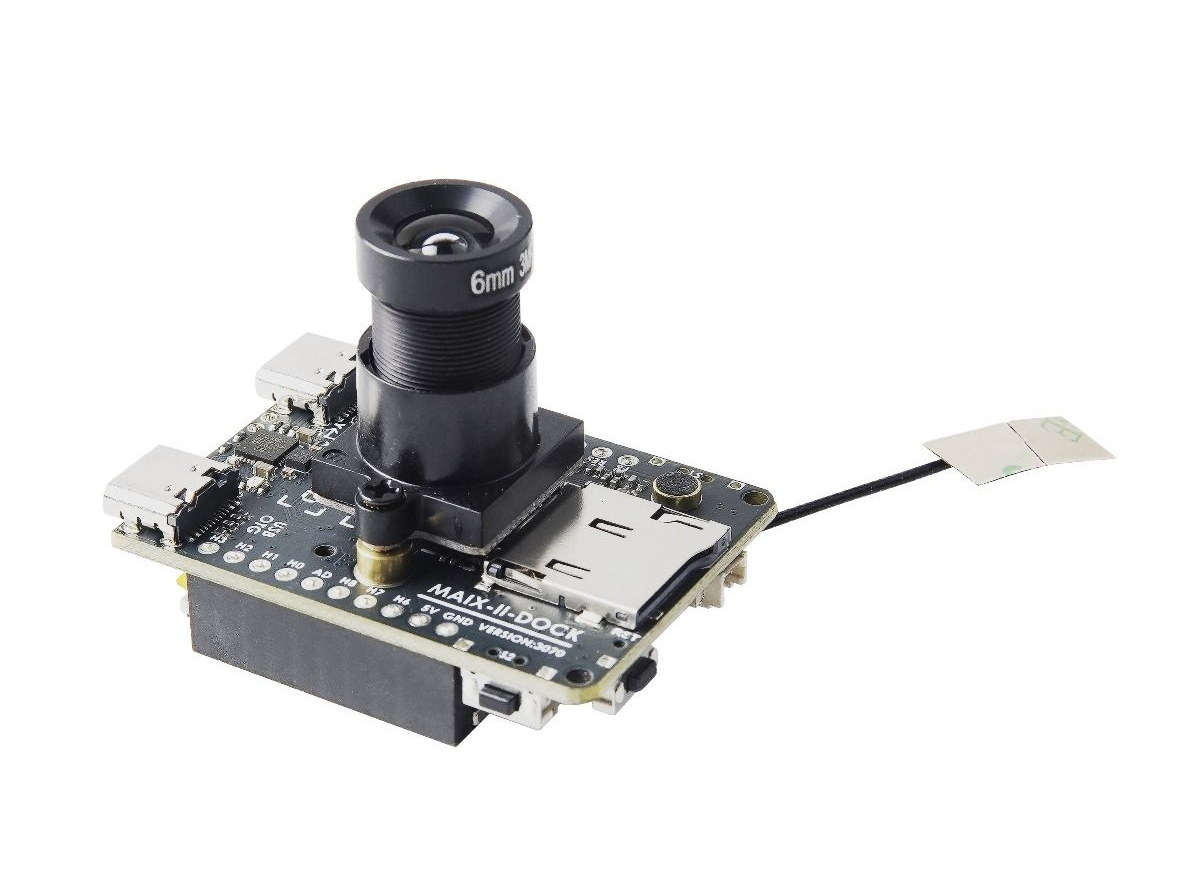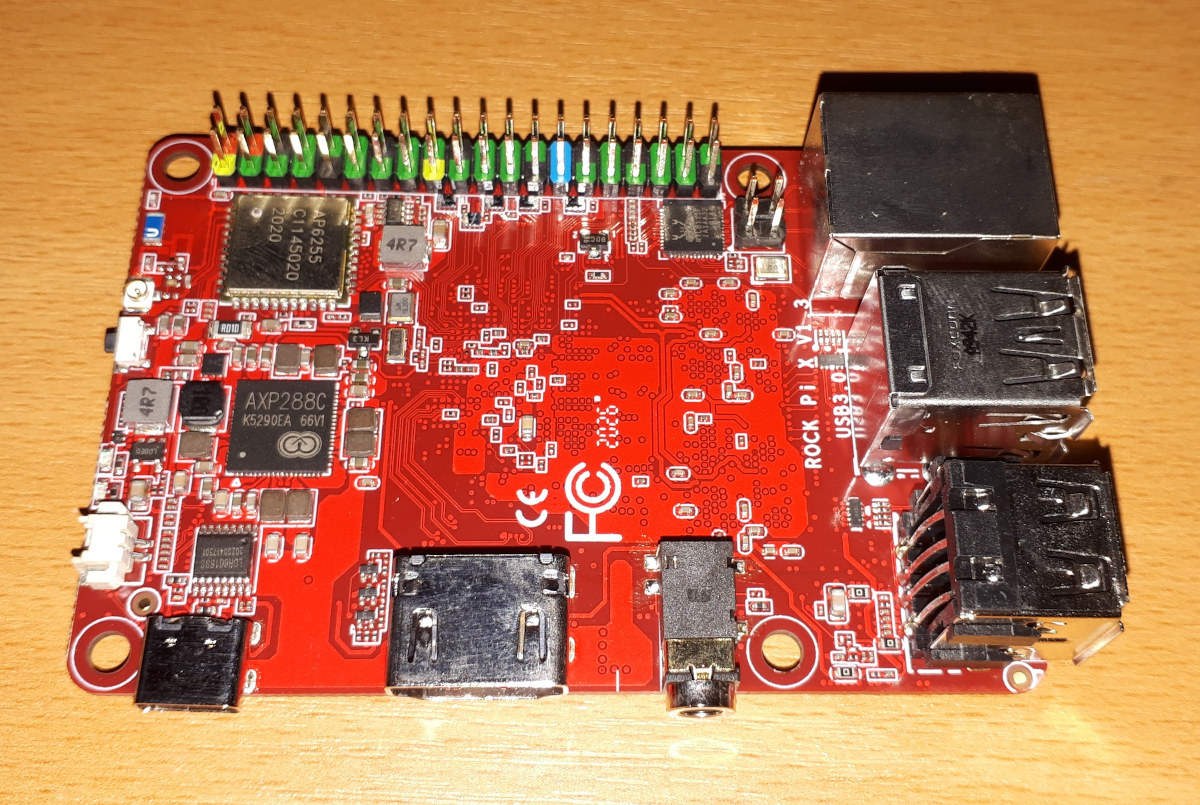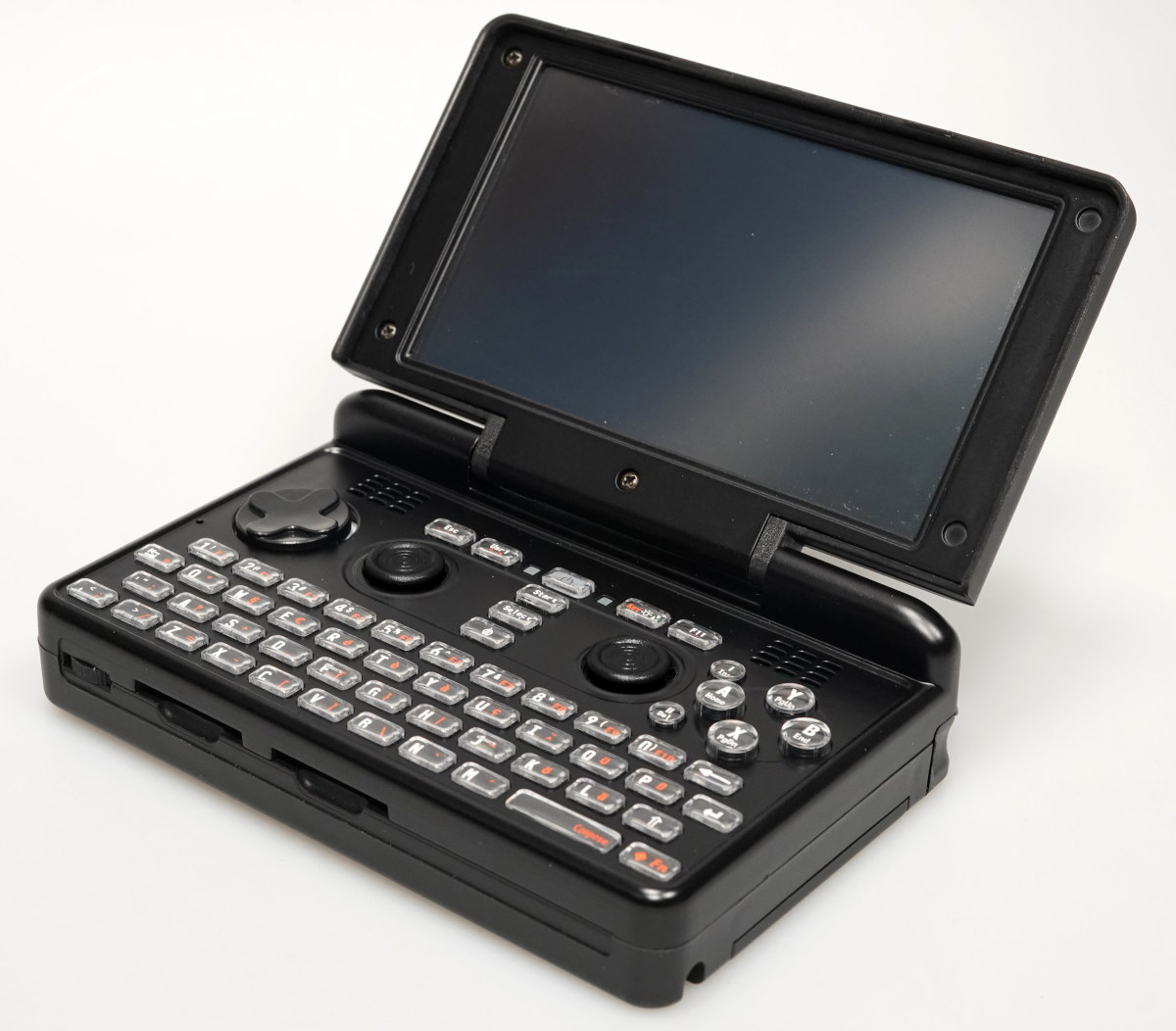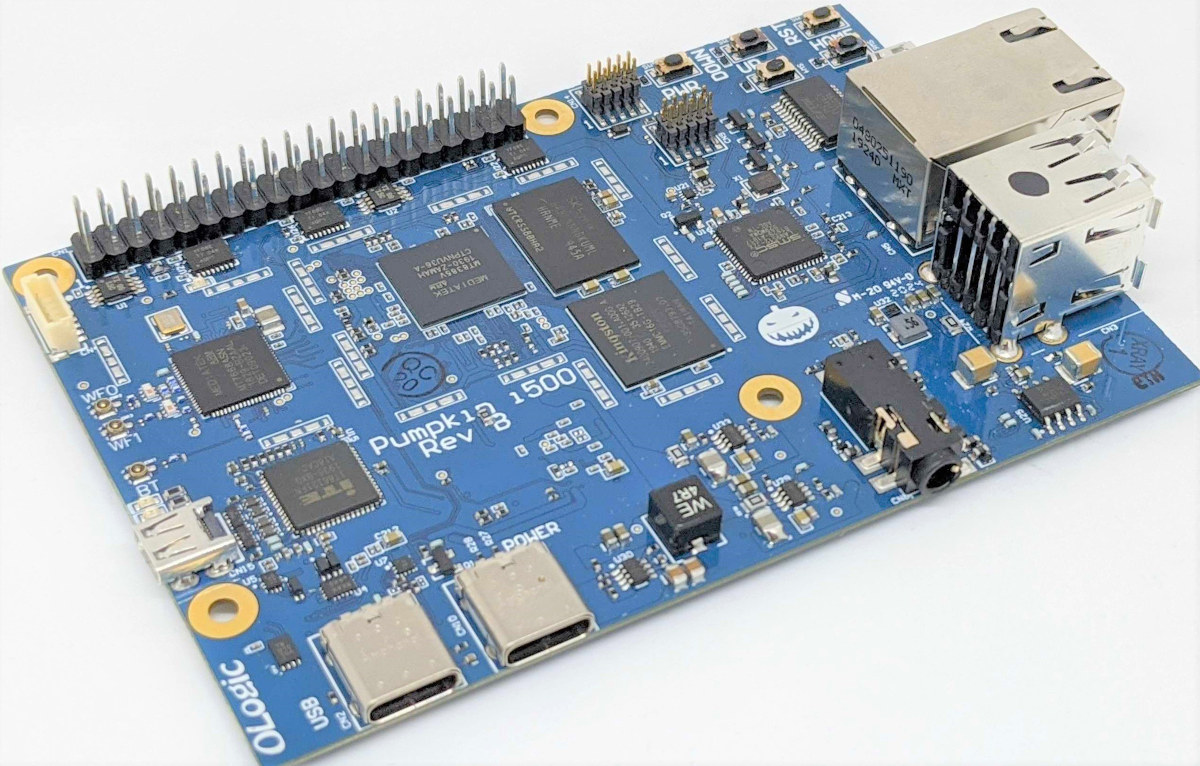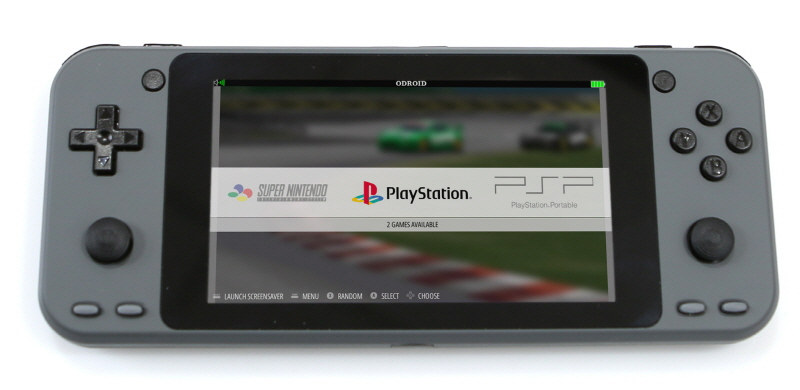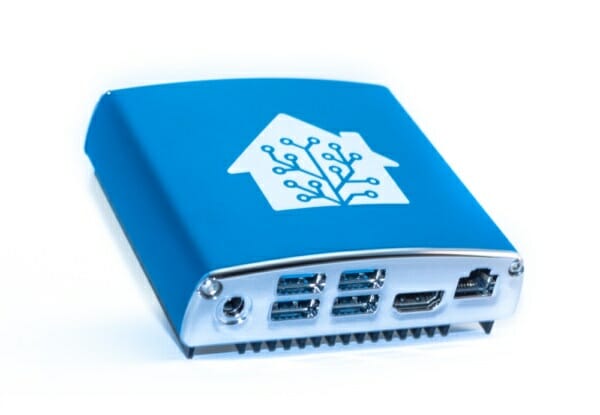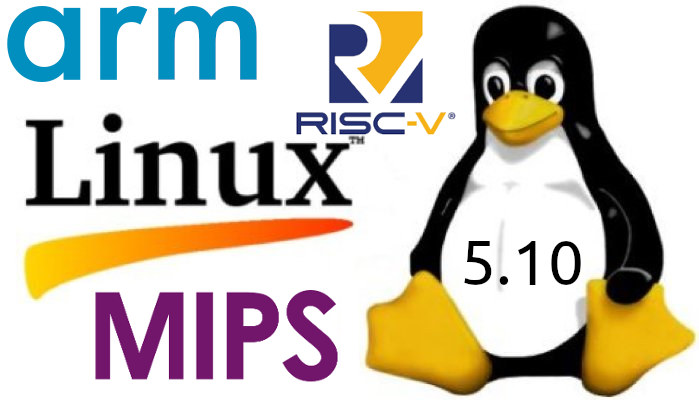ECS started the LIVA Q product line of tiny mini PCs in 2017, and so far all were based on low power, affordable Intel processors including last year’s LIVA Q1L/Q1D mini PCs powered by Intel Celeron or Pentium Apollo Lake processors. But at CES 2021, ECS will showcase its first Arm-based LIVA mini PCs with LIVA Q1A and Q1A Plus respectively powered by Rockchip RK3288 quad-core Cortex-A17 SoC and RK3399 hexa-core Cortex-A72/A53 processor running Linux or Android. ECS LIVA Q1A / Q1A Plus specifications: SoC LIVA Q1A – Rockchip RK3288 quad-core Cortex-A17 processor @ up to 1.6 GHz with Mali-T764 GPU LIVA Q1A Plus – Rockchip RK3399 hexa-core processor with 2x Cortex-A72 cores @ up to 1.8 GHz, 4x Cortex-A53 cores. and a Mali-T860MP4 GPU System Memory – 2GB LPDDR3-1600 Storage – 32GB (default) or 64GB eMMC flash, 1x MicroSD slot Video and audio output Both models – 1x HDMI […]
Sipeed MAIX-II Dock is an Allwinner V831 powered AIoT vision devkit
Sipeed introduced MAIX development boards powered by Kendryte K210 dual-core RISCV processor with AI accelerators in 2018, and we tested the Maixduino and Grove AI HAT based on the solution using Arduino and Micropython the following year. It works fine for audio and video project requiring AI acceleration at low power, but performance (resolution/fps) is limited. So if you’d like a bit more oomph for your audio & vision AI projects, as well as proper Linux support, Sipeed has just launched MAIX-II Dock powered by Allwinner V831 Cortex-A7 AI camera SoC clocked at up to 800-1000 MHz and 64MB on-chip DDR2 RAM, as well as a Full HD camera and a small display.MAIX-II Dock specifications: MAIX-II core module SoC – Allwinner V831 single-core Cortex-A7 processor clocked at 800-1000 MHz with 0.2TOPS AI accelerator, H.264/H.265/JPEG video encoder up to 1080p30 System Memory – 64MB DDR2 in package (SiP) Storage – Optional […]
Rock Pi X Review – An Atom x5 SBC running Windows 10 or Ubuntu 20.04
The ROCK Pi X is the first x86 SBC (single board computer) from Radxa and resulted from repeated enquiries about running Windows on their earlier ROCK Pi 4. The ROCK Pi X comes in two models (Model A and Model B) with each model having either 1GB, 2GB, or 4GB of RAM and either 16GB, 32GB, 64GB, or 128GB of eMMC storage. Additionally, the Model B includes WiFi and Bluetooth together with supporting Power over Ethernet (PoE) although this requires an additional HAT. Both Seeed Studio and Radxa provided samples and in this review, I’ll cover some performance metrics from both Windows and Ubuntu and also discuss the thermals. Rock Pi X Hardware Overview The ROCK Pi X is similar in size to a Raspberry Pi board… but with slightly different ports and port locations even when compared to the Raspberry Pi 4. It is physically slightly larger than its […]
Dragonbox Pyra open source hardware handheld Linux PC is finally shipping
We first covered the Dragonbox Pyra in 2014 when it was described as an open-source handheld game console powered by Texas Instruments OMAP5432 SoC, or maybe AllWinner A80, Intel Bay Trail, or Qualcomm Snapdragon processors since the exact specifications were still in the works for the Pandora successor. Michael Mrozek (EvilDragon) finally decided to keep going with the OMAP5 processor due to the good documentation and software support, and pre-orders started in 2016 with a 330 to 400 Euros downpayment and no clear timeline about shipping. It eventually took over four more years, but the Dragonbox Pyra is finally getting assembled and shipping to backers has started. Since so many years have passed, you’d be forgiven if you completely forgot or did not know at all about the specifications: SoC – Texas Instruments OMAP 5432 SoC with 2x Arm Cortex-A15 @ 1.5 GHz with NEON SIMD, 2x ARM Cortex-M4, Imagination […]
Pumpkin i500 SBC uses MediaTek i500 AIoT SoC for computer vision and AI Edge computing
MediaTek Rich IoT SDK v20.0 was released at the beginning of the year together with the announcement of Pumpkin i500 SBC with very few details except it would be powered by MediaTek i500 octa-core Cortex-A73/A55 processor and designed to support computer vision and AI Edge Computing. Pumpkin i500 hardware evaluation kit was initially scheduled to launch in February 2020, but it took much longer, and Seeed Studio has only just listed the board for $299.00. We also now know the full specifications for Pumpkin i500 SBC: SoC – MediaTek i500 octa-core processor with four Arm Cortex-A73 cores at up to 2.0 GHz and four Cortex-A53 cores, an Arm Mali-G72 MP3 GPU, and dual-core Tensilica Vision P6 DSP/AI accelerator @ 525 MHz System Memory – 2GB LPDDR4 Storage – 16GB eMMC flash Display – 4-lane MIPI DSI connector Camera – Up to 25MP via MIPI CSI connector Video Decoding – 1080p60 […]
ODROID-Go Super Ubuntu portable gaming console gets a larger 5-inch display
Hardkernel introduced ODROID-Go ESP32-based portable gaming console in 2018. The following year, the Korean company went up the scale with ODROID-Go Advance (aka OGA) running Linux on Rockchip RK3326 quad-core Cortex-A35 processor. We’ve now got a new 2020 announcement with ODROID-Go Super (OGS) with most of the same specifications as OGA, but a larger 5-inch 854×480 display replacing the 3.5-inch 480×320 display, a higher capacity battery, and the addition of a second analog joystick and dedicated volume buttons. ODROID-Go Super (preliminary) specifications: SoC – Rockchip RK3326 quad-core Arm Cortex-A35 processor @ 1.3GHz with Mali-G31 MP2 GPU System Memory – 1GB DDR3L @ 786Mhz, 32 Bits bus width Storage – 16MB SPI Flash for bootloader, push-push Micro SD Card slot (UHS-1 Capable interface) Display – 5-inch 854×480 TFT LCD (MIPI-DSI interface) Audio – 3.5mm earphone stereo jack, 0.5Watt 8Ω Mono speaker USB – 1x USB 2.0 host port Buttons – F1, […]
ODROID-N2+ based “Home Assistant Blue” announced as official hardware for Home Assistant
Home Assistant has announced “Home Assistant Blue” hardware with an enclosure designed by Hahn Werke housing Hardkernel ODROID-N2+ SBC, and software supported by BayLibre who helped upstreaming the code. The goal is to make Home Assistant Blue a fully open-source platform with long-life support. The device was officially announced during the Home Assistant Conference 2020 held a couple of days ago. Home Assistant Blue home automation gateway uses the 4GB DDR4 version of the Amlogic S922X SBC, ships with a 128GB eMMC flash module, and offers Gigabit Ethernet and four USB 3.0 ports. As I understand it, the gateway will run the latest Home Assistant Core 2020.12 that was announced at the conference with a new feature called Blueprints defined as “pre-created automation with user-settable options”, as well as new neural voices for Nabu Casa Cloud TTS (Text-to-Speech), the ability to temporarily disable devices, and more. The release was initially […]
Linux 5.10 LTS release – Main changes, Arm, MIPS and RISC-V architectures
Linus Torvalds has just released Linux 5.10: Ok, here it is – 5.10 is tagged and pushed out. I pretty much always wish that the last week was even calmer than it was, and that’s true here too. There’s a fair amount of fixes in here, including a few last-minute reverts for things that didn’t get fixed, but nothing makes me go “we need another week”. Things look fairly normal. It’s mostly drivers – as it should be – with a smattering of fixes all over: networking, architectures, filesystems, tooling.. The shortlog is appended, and scanning it gives a good idea of what kind of things are there. Nothing that looks scary: most of the patches are very small, and the biggest one is fixing pin mapping definitions for a pincontrol driver. This also obviously means that the merge window for 5.11 will start tomorrow. I already have a couple […]


